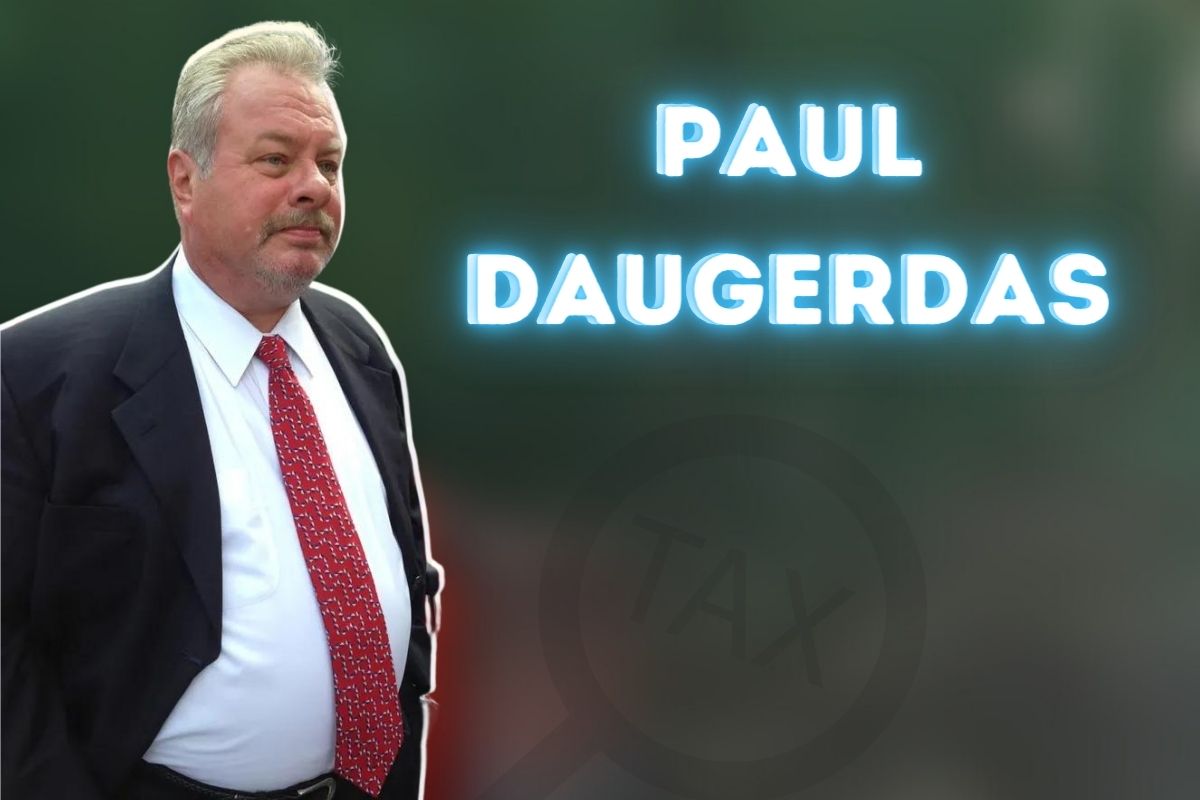Financial Fallout: The Aftermath of Paul Daugerdas Tax Shelter Scandal

In the intricate world of finance, where maneuvers on the fringes of legality often dance beneath the surface. The year 2018 witnessed the unmasking of one of the most elaborate and audacious schemes orchestrated by Paul Daugerdas, a former hedge fund manager.
The revelations exposed a staggering $536 million tax shelter labyrinth that sent shockwaves through the financial world. In this extensive exploration, we delve into the depths of the case, examining the man behind the scheme. The mechanics of the fraud, and the far-reaching implications that continue to reverberate.
Paul Daugerdas – Enigma or Conman?
A graduate of the prestigious Wharton School, Daugerdas began his career managing a modest family office before venturing into the world of hedge funds with the ill-fated Daugerdas Brothers fund. While details about his personal life remain elusive, his professional trajectory paints a picture of ambition and calculated risk-taking.
However, this ambition allegedly took a sinister turn, transforming into a relentless pursuit of exploiting tax code loopholes. The question remains – was Daugerdas an enigma, a brilliant mind navigating the complexities of finance, or a masterful conman manipulating the system for personal gain?
The Maze: The $536 Million Tax Shelter Scheme
At the heart of the Paul Daugerdas scandal was the “monetization of embedded derivatives” (MED) scheme, a labyrinthine web of financial acrobatics designed to create artificial losses. Imagine a funhouse mirror reflecting a distorted reality – that’s precisely what the MED scheme accomplished.
Through a series of convoluted transactions involving swaps and derivatives, the illusion of substantial losses was conjured. Allowing investors to offset their actual gains and significantly reduce their tax liabilities. However, this intricate financial sleight of hand was nothing more than a house of cards. Constructed on the shaky foundation of deceit and manipulation.

The Fallout: Broken Trust, Lost Millions, and Imprisonment
The house of cards came crashing down in 2018 when Daugerdas faced conviction for fraud and conspiracy. The MED scheme had not only swindled the U.S. government of a staggering $536 million in tax revenue but also left a trail of broken trust and financial losses in its wake.
Investors who had been lured by the promise of substantial tax savings found themselves not only facing financial ruin but also potential tax fraud charges. The ripples of the scheme’s impact extended far beyond Paul Daugerdas and his immediate circle. Casting a long shadow over the financial industry and exposing vulnerabilities within the tax system.
Beyond the Verdict: Lessons Learned and Questions Unanswered
Daugerdas’s 15-year prison sentence marked a triumph for justice, but questions linger about how such an elaborate scheme could go undetected for so long. What measures can be implemented to prevent similar exploits in the future? The Daugerdas case serves as a stark reminder of the ever-present struggle against financial malfeasance. It underscores the need for constant vigilance, stricter regulations, and a culture of ethical conduct within the financial industry.
The Impact of the Scheme
The MED scheme is estimated to have cost the U.S. government more than $536 million in lost tax revenue. Beyond the financial toll on the government, many investors who participated in the scheme experienced substantial losses, with some even facing charges of tax fraud. The human and financial toll of Paul Daugerdas’s deception is a stark reminder of the collateral damage wrought by such elaborate financial schemes.
The Importance of the Case
The Daugerdas case is crucial as it sheds light on the dangers inherent in tax shelter schemes. These complex financial maneuvers, often inscrutable to the average investor, can lead to significant financial losses and legal repercussions. The case also highlights the imperative of holding individuals accountable for white-collar crimes. Emphasizing the importance of maintaining ethical standards within the financial realm.
In Conclusion
The Paul Daugerdas tax shelter scheme was not just a financial fraud but a saga that unfolded on a grand scale. Costing the U.S. government over $536 million in lost tax revenue. Daugerdas’s conviction in 2018 and subsequent 15-year prison sentence marked a significant victory for justice.
However, as he currently appeals his conviction, the case continues to serve as a poignant reminder of the perils posed by tax shelter schemes and the imperative to hold individuals accountable for white-collar crimes. The lessons learned from this complex web of deceit should guide future efforts to fortify the financial system against such manipulative endeavors.
SHARE
Stay in touch
To be updated with all the latest news, offers and special announcements.







